OnePlus 8 Pro review: finally playing with the big boys
Anyone who follows the tech space closely enough probably knows that most of the top-tier smartphones of 2020 will be powered by the latest chipset from Qualcomm, offer 5G, sport a large battery and have a camera that the manufacturer claims can compete with a DSLR.
While the OnePlus 8 Pro simply upgrades the basis spec sheet we saw on last year’s 7 Pro with 2020 components, it does have a few features which we’ve all been begging OnePlus to include for years.
Let’s start off with the basics:
- 8GB of RAM and 128GB of storage? Check
- A more expensive model with 12GB of RAM and 256GB of storage? Check.
- A 6.78-inch Quad HD+ display with a 120Hz refresh rate? Check.
- Quad camera with a color tone sensor? Check
- 4510 mAh battery with 30W fast charging? Check
- 30W wireless fast charging and reverse charging? Check
- Official IP68 dust and water resistance rating? Check
While those last few items have been included on flagship devices for more than half a decade, they’re features that have been sorely missed in previous OnePlus phones since the very beginning, giving the competition the upper hand when every other spec was the same or better on OnePlus devices.
So, does this mean that OnePlus is finally able to compete on a level playing field where the OnePlus 8 Pro can truly be measured up in every category against the best smartphone of 2020?
Let’s find out.
I have to say that this is one of the first times I have not been disappointed that a manufacturer hasn’t dramatically changed the design of its phone. Holding the OnePlus 7 Pro and the new 8 Pro side by side, there are only a few minor changes that set them apart. The new phone is slightly taller, but besides that and the fact that it’s swapped out the pop-up selfie camera for a hole-punch one, there’s not much else that’s changed. The buttons are all in the same spot, you still get a centered camera module and the phone’s fit and finish feel as good as ever. The new glacier green color is bluer than the name implies, but it’s absolutely gorgeous and compliments the official sandstone case perfectly.
By now, you’re probably well aware of the main selling points OnePlus devices have to offer. You get great software, timely updates which rival what Google offers of its latest Pixel devices, a premium build, and hardware that’s focused delivering the fastest experience possible from an incredibly powerful processor, blazing-fast charging speeds and a ridiculously low price to make up for the fact that key features other flagship devices offer have been omitted.
No longer the budget option
But things have changed this year. And to put it all into context, we need to start off with the phone’s price. The OnePlus 8 Pro sells for $899 for the base model or $999 if you simply can’t live without 12GB of RAM and 256GB of storage, placing the phone squarely in the same flagship territory as Samsung’s 2020 lineup.
For those keeping track, that’s a 34% price increase over last year’s 7 Pro which was in turn a 25% increase over the OnePlus 6. To be fair, this time around, the regular OnePlus 8 has been thrown into the mix to give budget-conscious buyers an alternative, but there’s no getting around the fact that the OnePlus 8 Pro has stepped out of the budget flagship segment and must now compete with Samsung and other brands without its price advantage.
Is the price worth the upgrades?
Of course, OnePlus didn’t simply bump up the price of the 8 Pro and call it a day. So what features have OnePlus added in to justify such a steep price increase?
The first is wireless charging, something Oneplus fans have been begging for since the original OnePlus phone made its debut. But the company didn’t just slap in a regular Qi charging coil like every other manufacturer. In true OnePlus fashion, the company developed a proprietary fast wireless charging system that delivers a 30-watt charge. To ensure the phone’s battery doesn’t undergo too much stress, the phone also includes two charging pumps that step down the charging current from 20V at 1.5 amps to 5v at 6 amps by the time it gets to the battery.
Of course, this also means that in order to get the maximum wireless charging speed, you’ll need to shell out an additional $70. The good news is that the phone will still work with any old Qi charger you already have lying around.
The other hardware upgrade which finally lets the Oneplus 8 Pro compete with other flagship devices is its official IP68 dust and water resistance rating. For the past few years, OnePlus has done a lot of work to ensure that its phones could survive getting caught in the rain or a quick accidental drop in the pool, but this time around they have the rating to prove it. It’s also one of the reasons the pop-up selfie camera from last year’s 7 Pro didn’t make a comeback. I can imagine that getting the IP68 rating is a lot less complicated when you don’t have moving parts.
Other than that, the OnePlus 8 Pro has the usual upgrades that the company’s been focusing on for the past few years.
As you may have predicted, like any other flagship smartphone this year, this device comes with 5G connectivity thanks to the Snapdragon 865 chipset from Qualcomm. Verizon customers will get low band and mmWave, but the 5G will be limited to low band support on AT&T and T-Mobile.
The performance you get with the new chip is exceptional, but OnePlus has gone the extra mile by including LPDDR5 RAM and UFS 3.0 storage to ensure there are no bottlenecks along the way. The model I have only had 8GB of RAM, but that’s more than enough to keep nearly a dozen apps in memory. If you want to make sure your favorite apps are always loaded up and ready to go, you can also lock them in memory by pressing the three dots over the app in the multitasking view and selecting “Lock.”
Display
The only major upgrade that you can actually see is the phone’s new 6.78-inch Quad HD display. On its own, the AMOLED panel is absolutely gorgeous with incredible viewing angles and a peak brightness of 1,444 nits, making it the brightest display we’ve ever tested on a smartphone. On top of that, it also features 10-bit color reproduction and HDR10+ support which gives it incredible color accuracy and dynamic range.
But to give you the best experience possible, they’ve also upgraded the refresh rate to 120 Hz with 240 Hz touch sampling. Now, we’ve seen this before from Samsung’s latest devices, but the difference here is that you get the amazing refresh rate in the display’s full resolution rather than needing to step things down to full HD.
The only drawback to the display is the curved edges. While they give the phone a sleek and modern look, the curved glass makes using the phone more difficult than it should. Since OnePlus’s palm rejection algorithms aren’t nearly as good as Samsung’s, typing can be frustrating at times and tapping icons or buttons close to the edge of the screen can be infuriating. On top of that, you also get excess glare from the curved glass when watching videos in landscape. As I said in my OnePlus 7T review last year, the flat screen makes a phone significantly more usable.
Software
If you’re new to OnePlus devices, you need to know that the custom Oxygen OS skin on top of Android is probably the best software experience you’re going to find. It’s simple, clean, customizable and most importantly it’s fast. Personally, I could easily trade Google’s Pixel build of Android for Oxygen OS any day and not really care which one I was using, especially this year since OnePlus has ditched its custom shelf to the left of the main home screen and replaced it with the Google feed which I’m a big fan of.
OnePlus is also using the official Google navigation gestures as well, but you still have the option of switching back to the standard three-button navigation and pulling up the Google Assistant can be done by swiping in from the bottom corner of the display or long-pressing the power button.
Like most other Chinese manufacturers, there are plenty of customization options, but Oxygen OS doesn’t go overboard with its own walled-off theme store but instead uses the hundreds of icon packs already available through the Play Store.
Cameras
When it comes to its cameras, OnePlus has always been a step or two behind the competition. This year, the 8 Pro delivers the best camera experience we’ve ever seen from the company with a quad-camera setup on the back. The highlights, of course, are the two 48MP sensors for the standard and ultrawide cameras, but you also get an 8MP hybrid zoom camera and a unique color filter camera. We’ll get to those last two in a minute, but let’s start things off with the main sensor.
OnePlus went all out this year with a top of the line Sony sensor. While you can set the phone to capture 48MP images, using the 12MP pixel binning setting delivers better results most of the time since it provides more light for the sensor. The resulting images are fairly impressive, sharp and quite colorful. OnePlus takes a few pages out of Samsung’s playbook by delivering a touch more saturation and sharpness than what you’d expect, but it’s not over the top. The only thing that may need some tweaking is the white balance which tends to err on the warm side.
It’s not noticeable until you match things up with shots from other devices, but once you see it it’s hard to miss. The same goes for the ultra-wide camera, but the sensor and lens that OnePlus is using here deliver much better images than what we’ve seen on competing devices. The only disappointing thing is that the 18mm lens isn’t anywhere close to the field of view you get from Samsung’s 13mm lenses it uses on its S20 lineup, but at least there’s not a whole lot of barrel distortion to deal with.
For its telephoto camera, OnePlus have moved over completely to a hybrid zoom system which is simply a fancy way of saying that they’re doing some algorithmic enhancements to digital zoom. While there’s no dedicated optics that get you in closer to your subject, the resulting images are actually fairly good, even in low light. A periscope camera with a 5x telephoto lens would have been preferable, but that would have bumped the price of the phone up even further.
For video capture, the OnePlus 8 delivers 4k video at 60 FPS. While some other devices we’ve seen this year have stepped things up to 8K form their main cameras, there’s really no need for it. Instead, OnePlus focused on better low light performance and improved stabilization which now used optical and electronic stabilization to deliver incredibly smooth video.
The only real disappointing camera feature here is the 16MP selfie camera. Not only is it limited to 1080p/30fps video capture, but the lens isn’t quite as wide as what the competition offers. This forces you to squeeze in tighter with your friends or family when taking selfies together or simply cuts out the background a lot more than it should. On top of that, the images simply aren’t nearly as good as what we’ve seen from other 2020 flagship smartphones.
And that brings us to the color filter camera. Honestly, there’s really not much to say here. The camera allows for a unique monochrome color filter which makes your images look like they were captured in a post-apocalyptic wasteland. The results are intriguing, but not something you’ll use more than a few dozen times over the lifetime of the phone. It seems they added it in just so they could say the phone has a quad-camera like its competitors, but I think they would have been better off excluding it and dropping the price of the phone by $20.
Overall, the camera experience offered by the OnePlus 8 Pro is a step up from last year’s device, but still lagging when compared to the competition. Don’t get me wrong, the photos are great, they’re just not on par with Samsung and Google phones.
Battery
And that brings us to the last item on the list, the phone’s 4510 mAh battery. I’ll say this, even with the phone’s 120 Hz refresh rate turned on and running purely on a T-Mobile 5G connection, I was never once able to kill the phone in a single day while averaging 6 to 8 hours of screen on time.
The adventurous among you could likely push things to two days on a single charge with a few tweaks here and there, but with the included Warp 30T charger, you can replenish half of the phone’s power in just 23 minutes or reach a full charge in under an hour.
And as mentioned before, you also get fast wireless charging for the first time, along with reverse charging if you want to top off your Qi-compatible wireless headphones.
Final thoughts
While the OnePlus 8 Pro is by far the best smartphone the company has ever built, it’s also the least compelling device we’ve seen from them since the OnePlus X. There’s nothing fundamentally wrong with the phone, it’s a flagship device with specs and pricing to match what the competition has to offer. But the company has lost sight of the fact that many people flocked to the brand simply because they didn’t want to pay the premiums that other brands were charging. Adding insult to injury is the recent revelation that the phones are $100 to $150 cheaper in markets like India and China.
Choosing between the OnePlus 8 Pro and a Galaxy S20 is a hard choice, but the 8 Pro comes out ahead thanks to its refined software and overall experience. That being said, personally, I’d actually go with the OnePlus 8 and save $200, but at that point, even last year’s OnePlus 7T at $500 is a phenomenal option as well.
There’s no reason why you shouldn’t buy the OnePlus 8 Pro for $899 or even $999, but if you are still holding true to OnePlus’s core value of offering incredible value, this phone simply isn’t for you.
OnePlus 8 Pro Rating: star_fullstar_fullstar_fullstar_fullstar_50 (4.5/5)
The Good
- Amazing display
- All-day battery life
- IP68 rating and
- Blazing-fast wireless charging
The Bad
- Most expensive OnePlus smartphone ever
- Disappointing selfie camera
- Useless color filter camera
The Bottom Line
The OnePlus 8 Pro is a great alternative to the Samsung Galaxy S20 lineup, but it may be too expensive for long-time Oneplus fans who typically expect to pay a lot less for a flagship device.
Android, Android Reviews, Gadget, OnePlus, OnePlus 8 Pro, OnePlus 8 Pro review, Technology
Android, Android Reviews, Gadget, OnePlus, OnePlus 8 Pro, OnePlus 8 Pro review, Technology
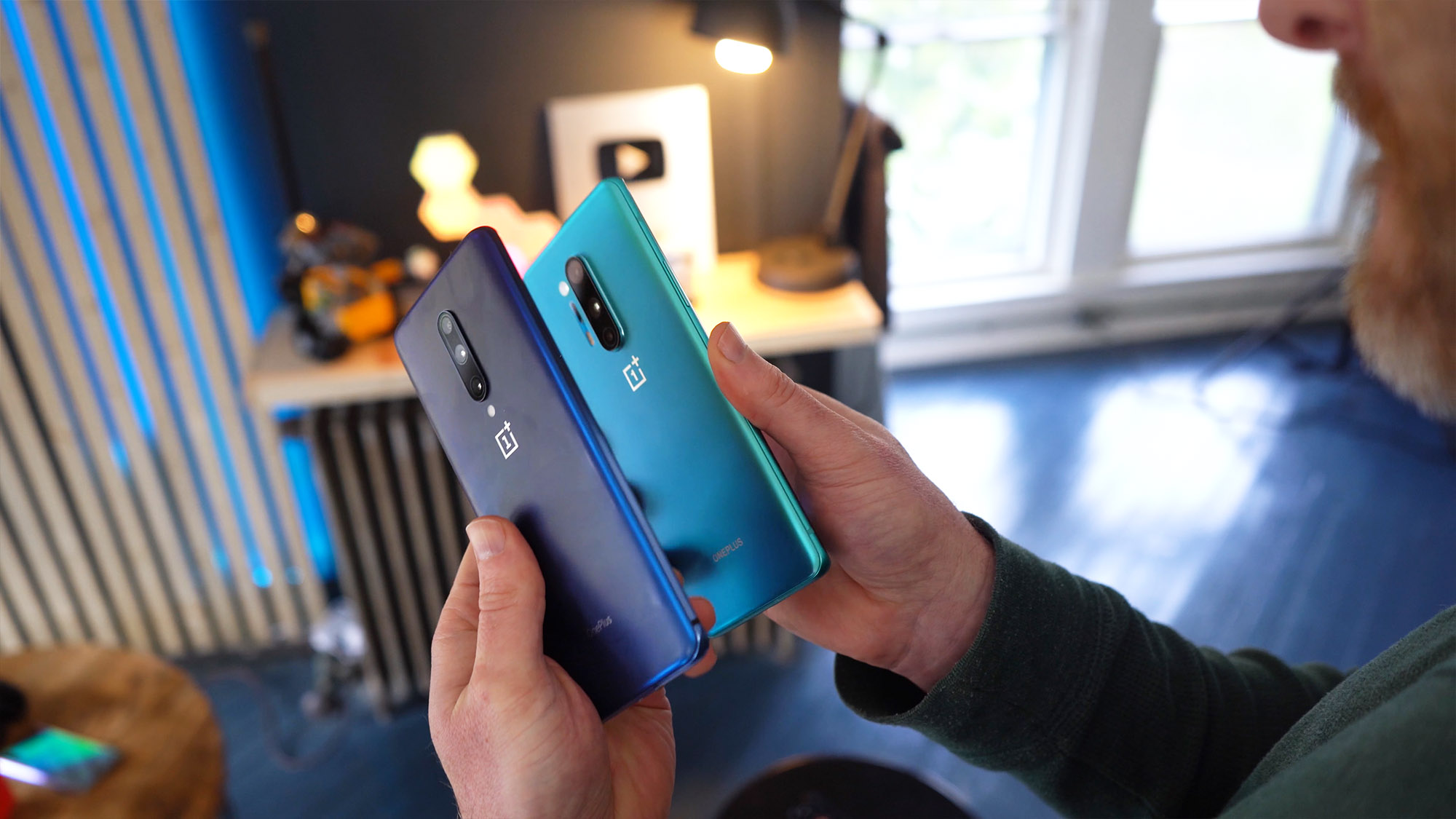
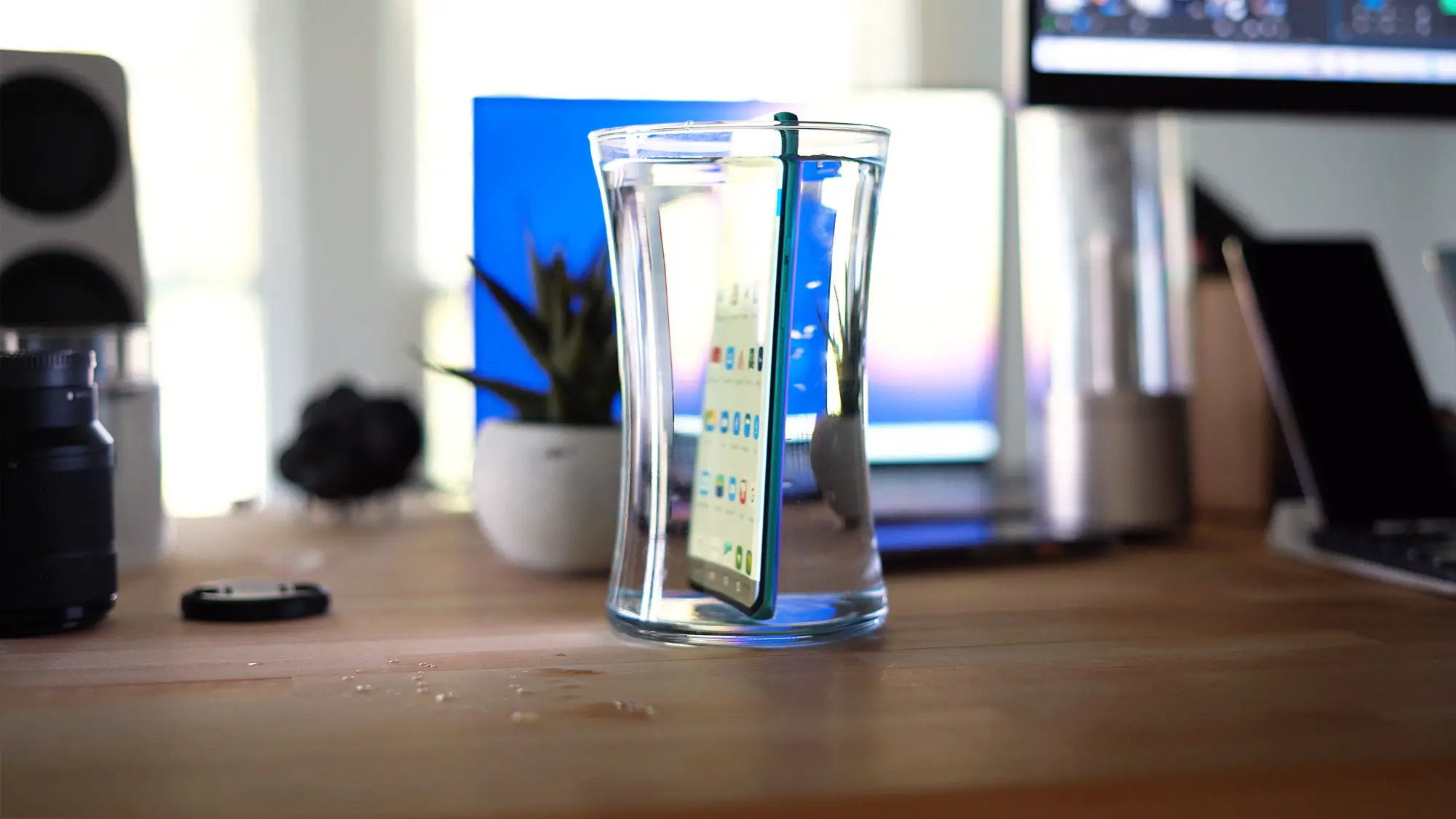
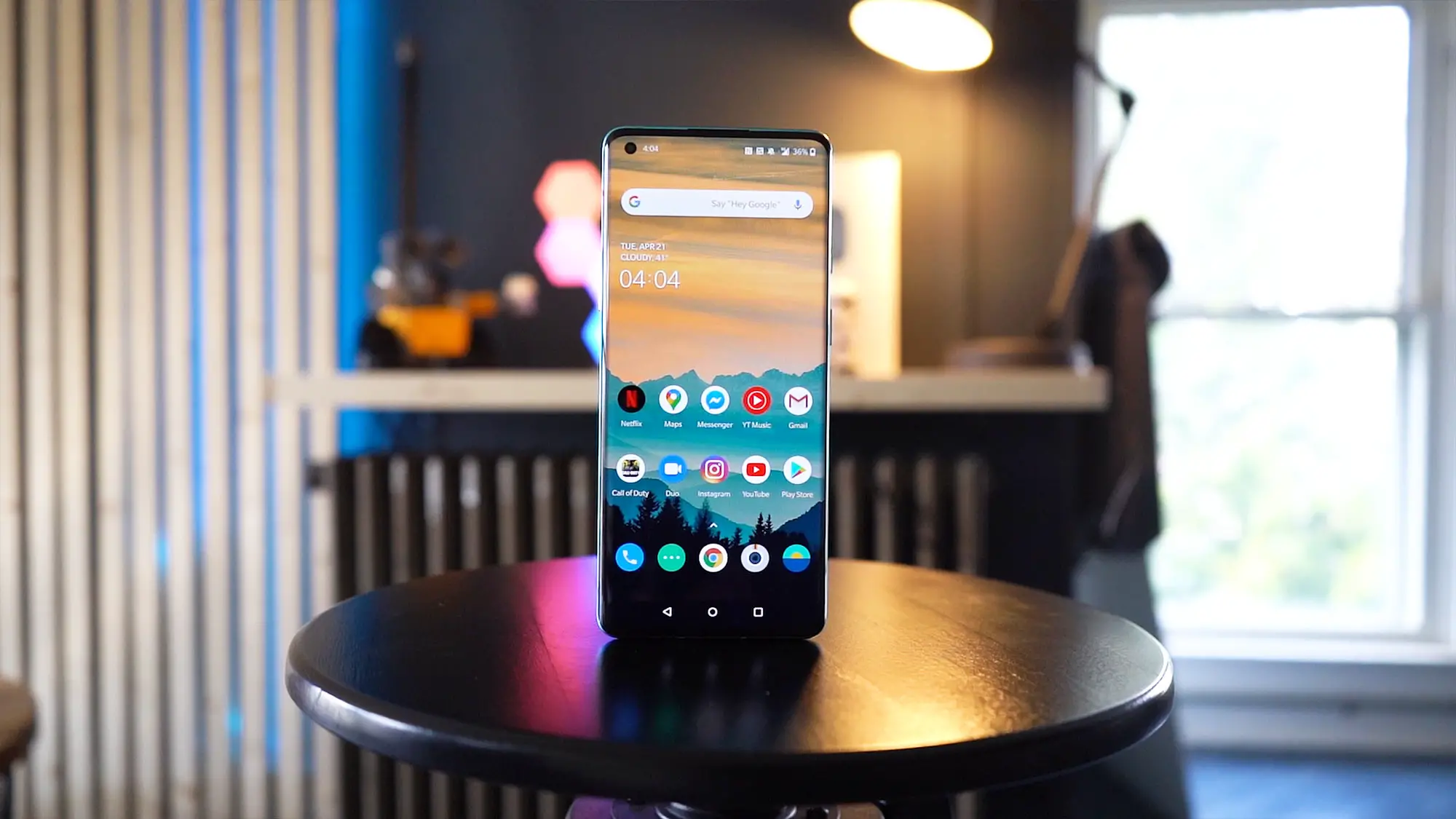
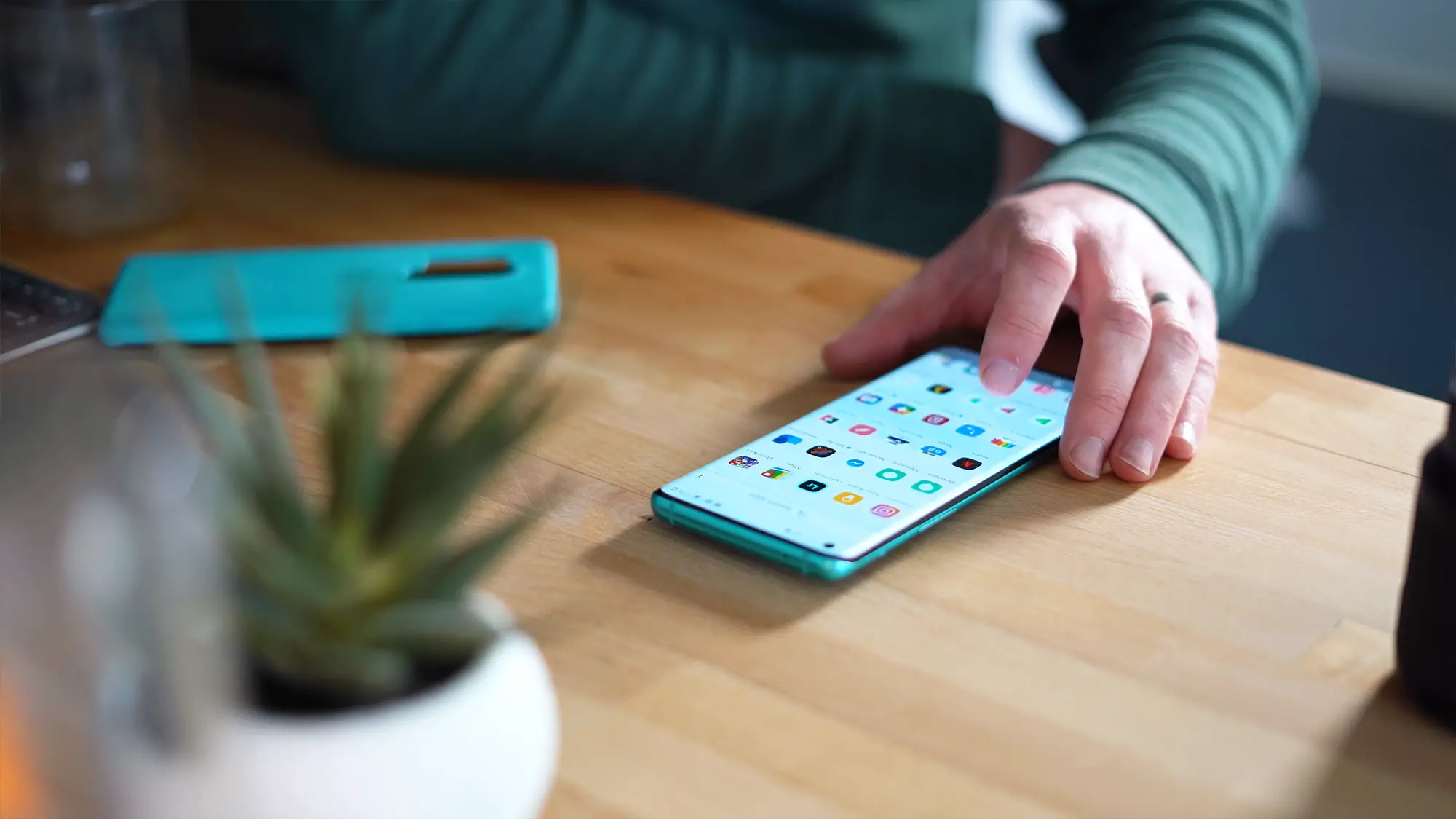
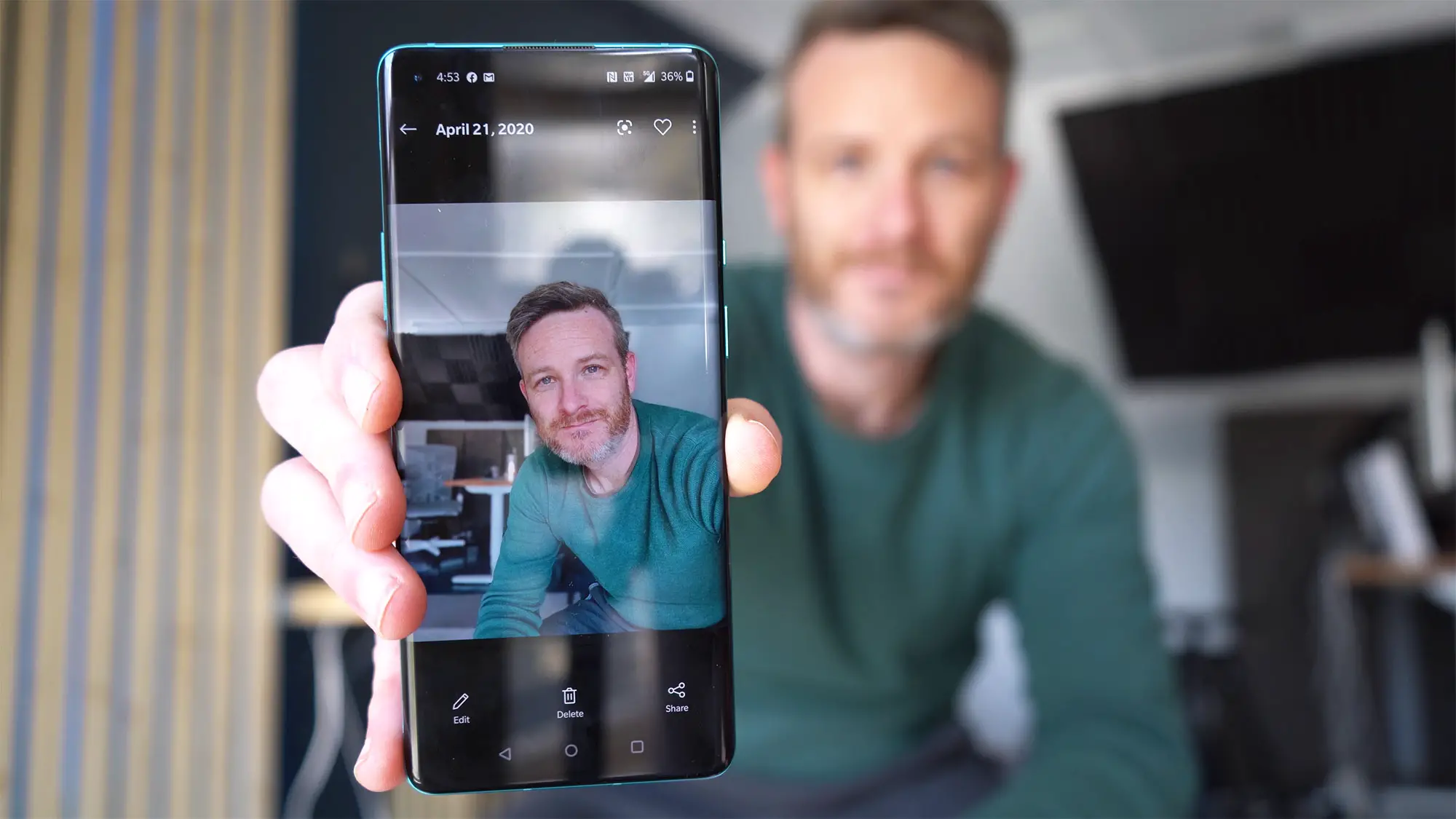



































0 Response to "OnePlus 8 Pro review: finally playing with the big boys"
Kommentar veröffentlichen